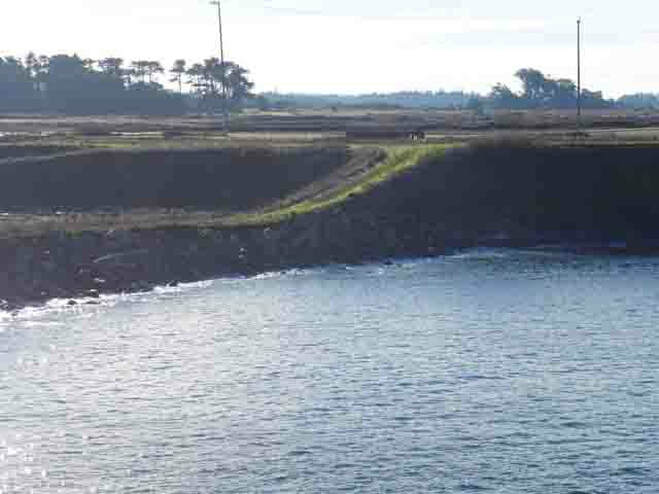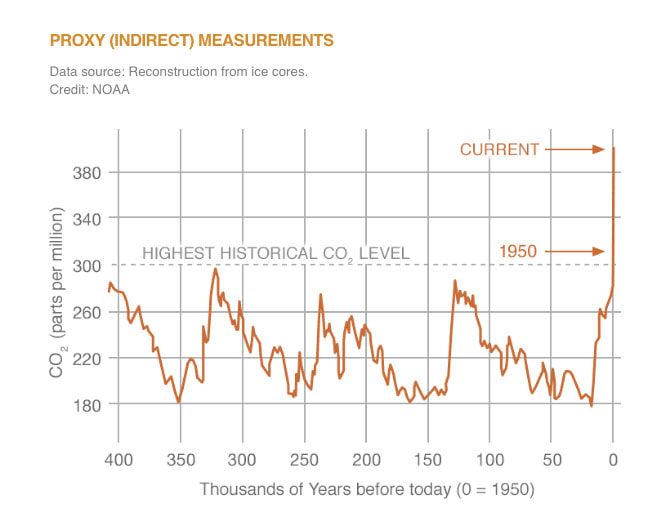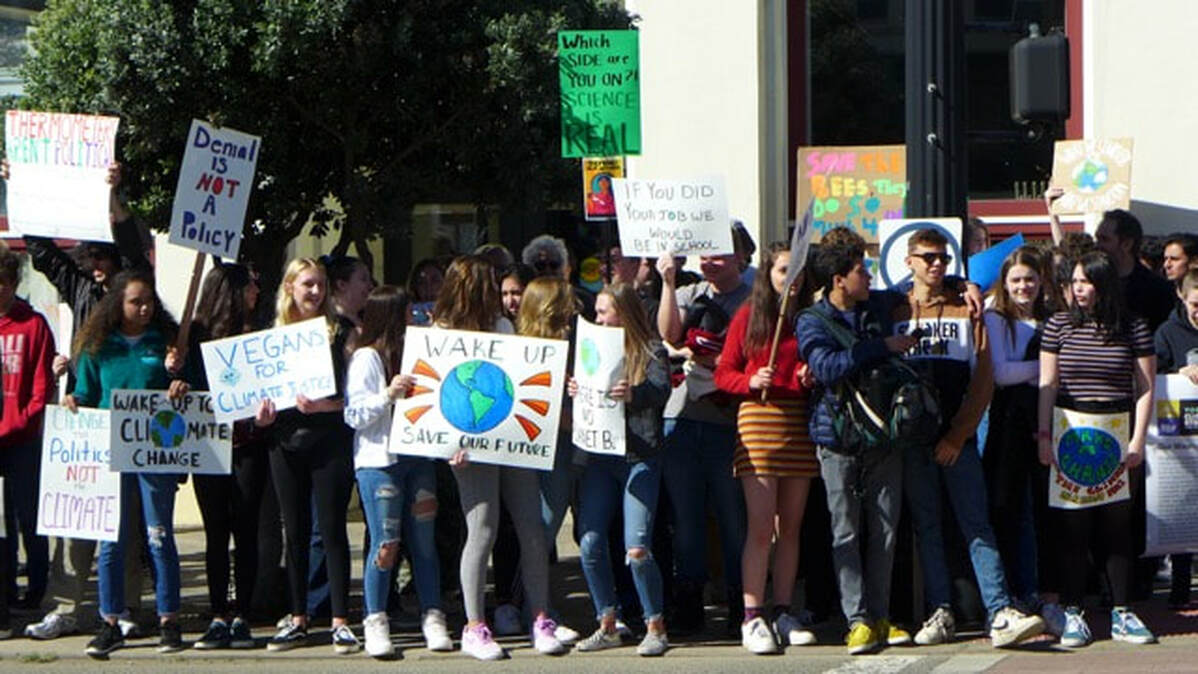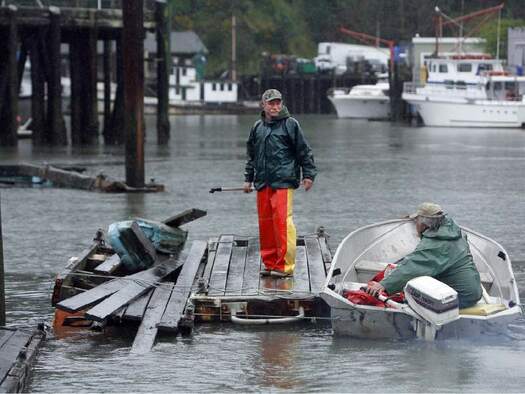
It is time for the Fort Bragg community and the the City Council that represents us to take climate change and sea level rise seriously. The decrepit old beach berm that protected the powerhouse from stormy seas must be dismantled by G-P as part of the mill site cleanup.
The ponds #7 and #8 must be made completely safe and no longer toxic. Sea level rise is happening at an ever accelerating rate. The daylighting of Maple and Alder creeks is a natural way for us to adapt our changing coastline to this inevitability. An estuary will be created by Mother Nature whether we plan for it or not. The difference will be between horrendous pollution and chaotic “finger in the dike” behavior on our community’s part, or a careful, safe and beneficial clean up and design to work with Mother Nature as the seas rise. This is a King Tide on January 1 2018. The day was calm and lovely. Imagine a storm surge, during a King Tide with a full January gale blowing. The decrepit old beach berm will be completely overwhelmed. The old beach berm should be dismantled and our community must prepare for sea level rise.
IS THIS OUR PROBLEM?

There is a direct relationship between sea level and concentrations of CO2 in the atmosphere. At the dawn of the Industrial Revolution and for roughly 10,000 years leading up to the Industrial Revolution CO2 levels were at 280 ppm. Today they have risen to 408 ppm. The last time CO2 concentrations were at the level they are today the oceans were 50’ higher than they are now. Dioxide | Vital Signs – Climate Change: Vital Signs of the PlanetCarbon.
Looking at CO2 levels through a planetary lens we can see how radical the increase has been in just a few hundred years. Look at that vertical line. Some have called this the “hockey stick” graph. This is science based observation.
Regardless of whether the small town of Fort Bragg bears any responsibility for the impact civilization has had on the sustainability of the planet, we are in a position to make a positive contribution to a global solution. Our history as a lumber town has morphed into a tourist destination and both of those industries have--and are--contributing to the problem. We have an opportunity to restore the Fort Bragg Headlands to a healthy state. It will take time. It will take money. However, it is something we can do.
We are fortunate to have made it through last year's drought with nothing more serious than the death of some Fort Bragg gardens. We are not experiencing the record high temperatures that are challenging much of the rest of the nation. We have not built residences below sea level expecting retaining walls to separate the sea from the folks who are enjoying the view proximity allows. We have seen first hand what disaster does to a community in the devastating fires being battled across the West. We are safe, thankful, and compassionate--and maybe just a little bit smug--that we are enjoying the summer.
Looking at CO2 levels through a planetary lens we can see how radical the increase has been in just a few hundred years. Look at that vertical line. Some have called this the “hockey stick” graph. This is science based observation.
Regardless of whether the small town of Fort Bragg bears any responsibility for the impact civilization has had on the sustainability of the planet, we are in a position to make a positive contribution to a global solution. Our history as a lumber town has morphed into a tourist destination and both of those industries have--and are--contributing to the problem. We have an opportunity to restore the Fort Bragg Headlands to a healthy state. It will take time. It will take money. However, it is something we can do.
We are fortunate to have made it through last year's drought with nothing more serious than the death of some Fort Bragg gardens. We are not experiencing the record high temperatures that are challenging much of the rest of the nation. We have not built residences below sea level expecting retaining walls to separate the sea from the folks who are enjoying the view proximity allows. We have seen first hand what disaster does to a community in the devastating fires being battled across the West. We are safe, thankful, and compassionate--and maybe just a little bit smug--that we are enjoying the summer.
|
Threat of earthquake and tsunami leave coastal towns vulnerable.
During the tsunami that was the result of a magnitude 9.0 earthquake in March, 2011 45 miles east of Tohoku, Japan, 5,000 miles away, the Noyo Harbor experienced the loss of 26 boat slips and suffered four million dollars in damage. No lives were lost and greater damage was prevented because the Harbor had plenty of warning as the Tsunami traveled east and the larger, steel hulled boats were moved to the open sea where they could ride the tsunami without crushing smaller boats. The 2011 earthquake off of the coast of Japan was the result of shifting of the Pacific Plate and the North American Plate. Fort Bragg is considered to have a high risk of earthquake. There is nothing we can do about the possibility of an earthquake off the north coast shore of the Pacific except be prepared for it. One key item of preparation is to remove the Mill Site dam and berm and restore the wetlands. The destruction of mill ponds 8 and 7 will wash whatever toxins are left in the ponds into the sea. The earth recovers pretty well from natural disasters. Failure of the beach berm and dam would not be a natural disaster. It would be caused by man. It is our problem and we have the responsibility to do what we can to mitigate the damage a disaster will do to our sea. |


